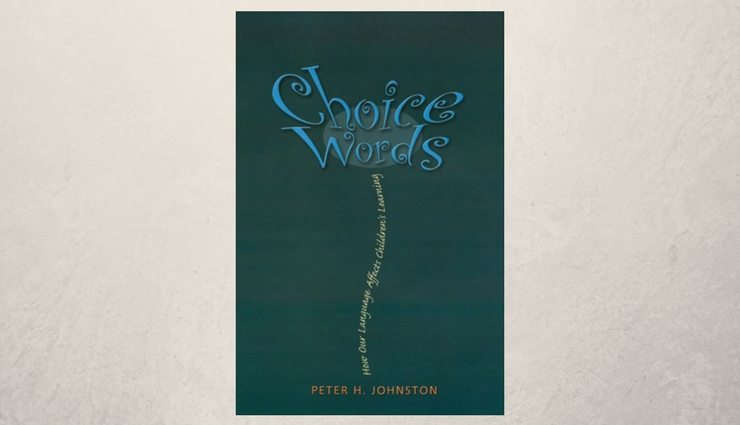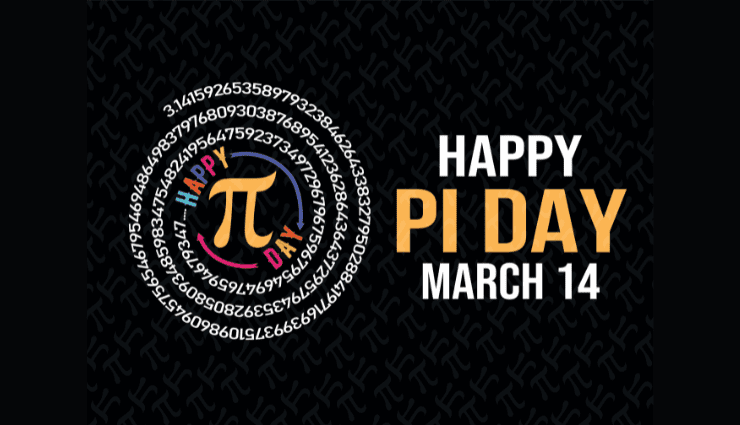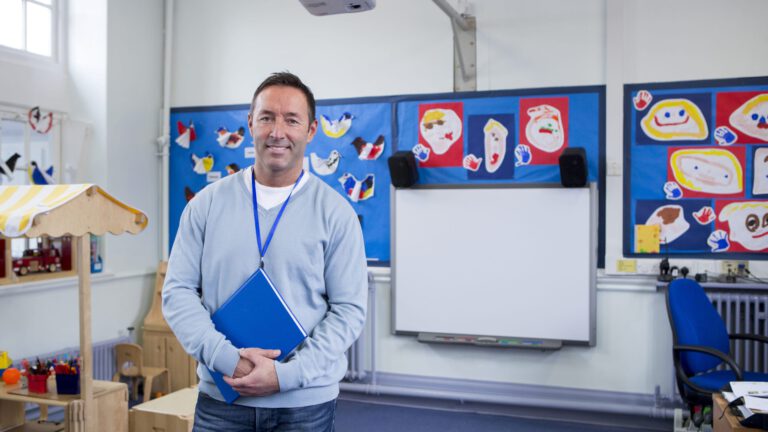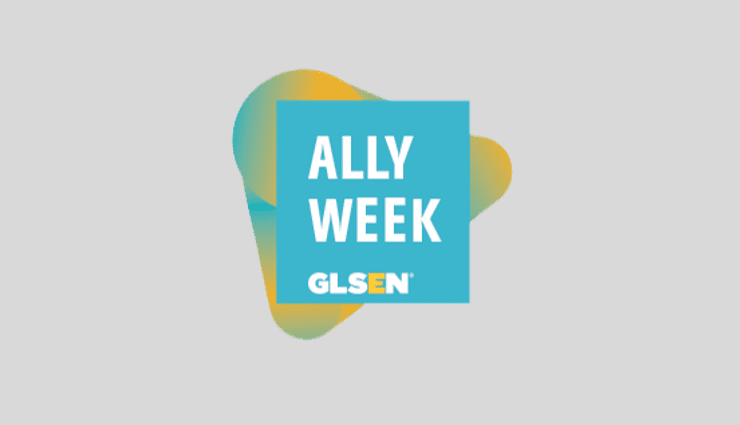Teaching and the Art of Noticing

At the start of chapter four of Choice Words, author Peter Johnston writes, “If nothing else, children should leave school with a sense that if they act, and act strategically, they can accomplish their goals.”
I found myself stopping to reflect on this single sentence — this succinct, straightforward observation about a suggested central purpose of education. My guess is that few of us, especially those who work in the field of education, would disagree with Johnston’s point. And yet, I know of so many children who don’t feel as if they have anywhere near this basic sense of self and agency. In fact, I have spoken with too many high school graduates who simply feel beat up by their formal education, with its intense focus on grades and testing and college prep and the pressures of homework and the need to achieve high marks in courses that seem so disconnected from their lives and interests. Some strike me as suffering from a form of post-traumatic stress syndrome.
I know this isn’t the experience of all students. And maybe I’m just seeing it so frequently because I’m keeping an eye out for the young who suffer through school. But contemporary research also tells us that the drop-out rates, rates of depression and anxiety, and other issues of psychological stress and disconnect among the young are on the rise.
Johnston’s book was published in 2004. I’m reading it now for the first time because another book I read recently had praised Choice Words in a way that made me curious. In that other book Embarrassment: And the Emotional Underlife of Learning, author Thomas Newkirk says of Choice Words, “It’s difficult to finish this short book unchanged.”
Now having read it, I agree. This is a slim volume and the title doesn’t suggest any kind of revolution in education. So it would be — was — easy to overlook. The books on education that do grab attention these days tend to suggest the need for some kind of big disruption. Many, unfortunately, drive up the anxiety by telling us, for instance, that if our schools don’t change in a big way and very very soon, we will lose out to the Chinese in the game of global competition. Our children and our society will be left behind. Many popular education books argue for a high-tech revolution in education that enables “any time, anywhere” learning. A whole shelf of them riff on the values of a “growth mindset” and “grit,” and dig deep into what recent brain science tell us about how children learn.
Johnston, meanwhile, is interested in something more basic, and yet more potent: how we talk with children, and how children talk with classmates.
If I were asked to connect Johnston’s views on quality education to other educational thinkers, I’d link him with the likes of Robert Putnam, Ted Sizer, Maxine Greene, Parker Palmer, and even John Dewey — people who see the adult-child relationship and daily interaction as the central concern of schools. I’d connect Johnston — all of these names, really — to the increasing number of educational leaders who see education’s purpose as being for a carefully constructed combination of individual growth and social health. Self-fulfillment, as Johnston notes, can only mean something in context of a healthy, well-functioning society.
It’s a simple, but too often overlooked, insight: how we talk with students in school and how they interact with each other will determine how they see themselves and the world around them. If we do our jobs well, we will help them find greater self-awareness and fulfillment and nudge the society closer to its ideals — to the world we want to live in.
“Many children graduate high school with little change in their level of awareness, leaving them unprepared to manage the effects language has on them and on others,” Johnston writes. “This leaves them at the mercy of advertisers, politicians, authors, and so forth. It also leaves them unaware of the effects their discursive histories have had on them. Failure to understand these relationships means they cannot take up issues of social justice perpetrated through language. It is our responsibility to help children notice these things.”
Choice Words is written primarily for English teachers. But it seems of great value for every class in which we use language to communicate — which is every class.
Johnston wanted teachers to help students learn to notice more and name what they notice. He wants us to help each and every child develop a clear sense of identity — who they are independent of everyone else and who they are as a member of a class, a school, a community. He wants us to help each child develop agency, the ability to think and act independently.
“Through our noticing and naming language, children learn the significant features of the world, themselves, and others,” Johnston writes. “These understandings influence how they treat each other and their environment. For the sake of a just society, I am particularly concerned about children’s naming of themselves and others and their awareness of the sources and consequences of those namings.”
Respect children; reduce tension and pressures in the classroom; help children develop agency; help them remain curious and creative — who would argue against these ideas?
Every chapter in the book literally makes me happy. It’s one of those books that both helps us see school more clearly what matters in school and offers hope for the future at a time in which too much of what we call civilization is fractured.
In writing here about how a thoughtful approach to how we, as educators, talk and interact with students so each and every one of them develops a strong sense of identity and a means to approaching inquiry, I can imagine some readers thinking this is all too progressive. What about content? What about core knowledge?
Johnston addresses this perennial concern in his chapter on “Knowing.” And here, once again, he takes on conventional wisdom. Teachers need to engage students so the classroom feels alive and active. But too often the approach is for the teacher to ask leading questions to which he or she knows the answer and expects students to provide the answer to prove they are learning content. To an extent, there’s nothing wrong with this. But a steady diet of call and response does not lead to knowing. It leads to students providing the teacher the information the teacher wants to hear.
There’s a better alternative, Johnston tells us (or reminds us): a rich conversation that leads to a shared inquiry. It’s a process of playing with ideas, listening closely to other people’s line of thinking, speaking respectfully and with genuine interest. It involves soliciting questions from students, ceding control of a topic of conversation to the students, aiming for genuine exploration of information and ideas and perspectives. It involves allowing silence and asking probing questions with the utmost respect.
For the teacher, this is not as easy as it sounds. For most of us in education, our role models were the authoritarian instructor who rarely, if ever, ceded control. We were also taught to keep the pace of the class moving briskly. Johnston, meanwhile, encourages teachers to slow things down, embrace silence. When students don’t respond immediately to an open question, we tend to jump right in, fill the imagined void. But research shows that silence — or thinking time — actually leads to more talk and to more sustained conversation and higher-order thinking.
A few years back, I taught a couple of English classes in a school that focused heavily on student-led discussions. Because my previous teaching experienced involved greater classroom control and positioned me as the expert who needed to lead students toward a particular kind of knowledge, I had trouble not trying to lead the discussion in these classes. But I tried to be an adult learner — see what happened when I ceded the conversation to the students by asking questions designed mostly to keep everyone engaged and thinking. At one point, I asked an open-ended question and got… silence. It took all my self-control not to jump in with another question or supply my views on the question I just asked, or to offer clarifying hints that would lead toward my answer. But I waited. And waited. It seemed like a long time, but it was probably around 30 seconds. Then a student spoke softly, testing out a thought, a theory. I could see others sit up. A little more silence followed. I was literally clamping my tongue with my teeth. I waited. Another student spoke, then another responded and another offered an alternative view. Soon we were off and running. I was both relieved and amazed. This was a day when we were reading Shakespeare’s The Tempest. I love the play and think it has so many discussion-worthy parallels to life today. I wanted the students to share my enthusiasm and to see it through the same lens. But once I let go of the idea that we’d all know the play in the same way, the students started digging into the language and the characters and the overall weirdness and inventiveness of the play in interesting, surprising ways. This was a teaching lesson I’ll never forget. I began to see The Tempest differently, too. I also began to understand better the notion that a class of students and a teacher can be a real “we.”
On the one hand, Johnston wants us to maximize children’s feelings of agency. On the other hand, he wants them to see themselves as part of something larger and worthy. “I want children to see themselves not only as inquiring individuals,” he writes, “but as inquiring individuals who are part of a diverse community that inquires, whose members, through their active participation and diversity of perspective, contribute to each other’s intellectual growth.”
Equally important, one discovers, is that Johnston wants us — the educators — to see ourselves differently. To listen more carefully to the words we use when talking with students — to notice our word choices, our tone of voice, our attitudes toward every child. To that end, the book literally offers examples of how to talk with students, how to draw the out, support them, encourage them, ask them to dig deeper. As good as Johbnston’s questions are, I found the explications of the value of those questions even better.
Johnston penned this book back in 2004. I’m sure much of his research predates that year. In some ways, this makes the book all that more remarkable. The issues he addressed more than a decade ago have only gotten more intense — from the push to make schools into efficient content-delivery systems to the growing inability for our multicultural society to embrace and learn from our differences. At the same time, he was able to anticipate the growing body of research that tells us clearly that children learn best when they are deeply interested and engaged in a topic, and that kindness and empathy matter as much as personal agency.
Johnston makes it clear in the end that his book does not cover all the issues and challenges that arise when one tries to build a genuine community in a classroom. He’s aware that class, gender, racial, and cultural difference require educators to have real cultural competencies, and that we will struggle at times. But at the end of the day, I can’t turn away from his belief that as we ask our students to grow intellectually and socially, we too need to grow intellectually and socially — to pay greater attention to our moment-to-moment interactions with students as we help them figure out who they are and what they might become.
Michael Brosnan is an independent writer and editor, with a particular interest in education and social change. He can be reached at michaelbrosnan5476@gmail.com.
Related Reading:
Having “Intense Interests” Fuels Cognitive Growth (in Elementary School)
“A 2008 study found that sustained intense interests, particularly in a conceptual domain like dinosaurs, can help children develop increased knowledge and persistence, a better attention span, and deeper information-processing skills.”
A Short, Helpful, Historical Look at “Active Learning”
“But as Kate Lacey notes, active/passive does not work as a simple binary, but as a fractal distinction, where what counts as ‘active’ shifts with context: listening is active in contrast to hearing, but listening counts as passive in relation to speaking, and both listening and speaking count as passive in relation to movement.”
Can Kindness Be Taught? Enter: The Kindness Curriculum
“Our world is kind of a scary place,” Ms. Mahoney-Kertes said. “We can’t always control what is happening outside us. But what we’re teaching them is that they can control how they respond.”
A Theory of Writing Instruction in the English Class
“It is our mission as English teachers to teach writing as a method of thinking, to re-mediate their writing for current and future circumstances and technologies, and to help our students find a sense of agency and empowerment in the act of writing.”








